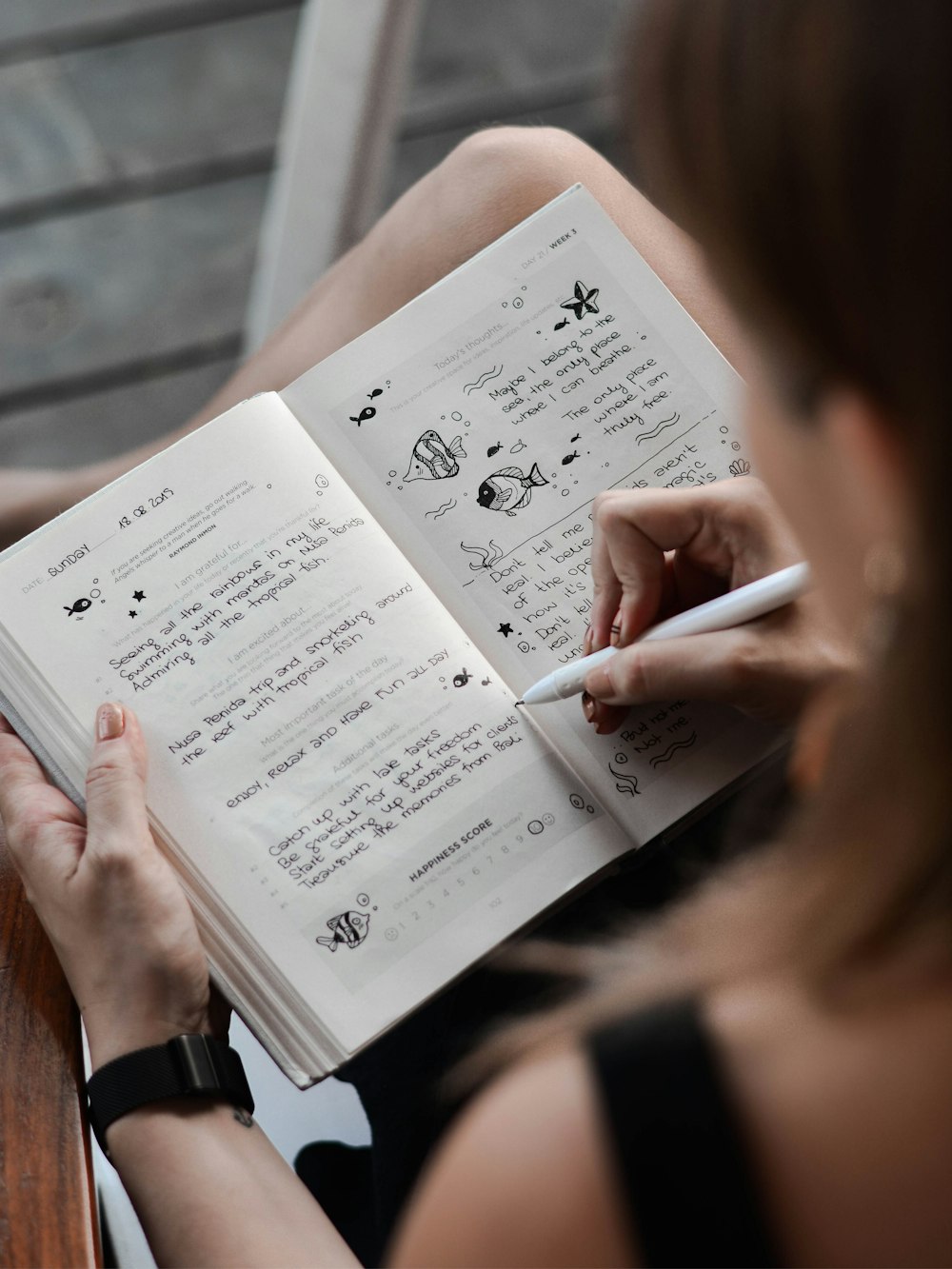A Neurospicy-Friendly Baby Step Guide to Journaling
How to start journaling without overthinking?
So, here’s the deal—I don’t know about you, but I’ve bought beautiful notebooks, set up Filofaxes, tested different journaling formats… and froze. 🚀
Why? Because what if I ruin it? What if I start journaling and hate it? What if I switch methods again and end up with a pile of half-filled notebooks cluttering my space AND my brain?
Sound familiar? You’re not alone. Many struggle with how to start journaling—facing perfectionism, unfinished notebooks, and mental clutter.
Here’s the thing—journaling is NOT about doing it perfectly. It’s not about writing profound thoughts in poetic prose. It’s simply about getting what’s in your brain onto something outside of your brain—whether that’s scribbles, bullet points, chaotic word vomit, or even a random doodle.
Let’s ditch the perfectionism and just start.

📌 Step 1: Drop the Expectations
✔ You don’t have to journal daily. (Once a week? Once a month? Whatever works.)
✔ You don’t need a fancy notebook. (A scrap of paper works just fine.)
✔ Your entries don’t need to be “deep” or insightful. (Write “I have no idea what to write” if that’s what you feel.)
✔ There’s no right or wrong way. (Seriously. None.)
📌 Step 2: Choose Your Journaling Style
Every brain works differently, so find a method that fits YOU:
✔ Bullet Journaling → Short, to-the-point lists.
✔ Brain Dumping → Spill everything in your head onto the page. No structure, no rules.
✔ Guided Prompts → Answer simple questions to get started. (Don’t worry—I’ll give you a printable for this soon!)
✔ Doodle Journaling → If words feel hard, draw shapes, symbols, or visual notes.
📌 Step 3: Make It Low-Stress & Simple
✔ Start small—one sentence, one word, one thought.
✔ Don’t edit—just write whatever comes out, without judgment.
✔ Set a timer if needed—five minutes is enough to get started.
✔ Let it be messy—it’s YOUR journal, not a polished masterpiece.
📌 Step 4: Find Your Rhythm
✔ Try different formats—Morning reflections, end-of-day check-ins, or random mid-day scribbles.
✔ Use a notebook, app, sticky notes, or voice memos—whatever fits your lifestyle.
✔ Allow journaling to evolve—some days it’s structured, other days it’s chaos. That’s normal!
✨ But What About the Chaos of Journaling Trials?
(A guide to organizing your journaling experiments—without guilt.)
You’ve tried different formats. You’ve switched between digital and paper. Now you have half-finished notebooks and scattered files everywhere. 🚀
Instead of letting them pile up and add stress, here’s how to store & organize them without pressure:
📌 Step 1: Create a Journaling Hub
✔ Pick ONE storage spot for all your journaling trials. A basket, a folder, a section on your bookshelf—somewhere easy to access.
✔ Keep everything in one place—loose pages, notebooks, printed prompts, even voice notes.
✔ Label or categorize if helpful—date-based or format-based (ex: “mind dumps,” “gratitude logs”).
📌 Step 2: Decide What’s Worth Keeping
✔ Old entries still hold value—even if abandoned. Skim through them before tossing anything.
✔ Create a “trial journal” space—a single notebook for testing new methods instead of starting fresh each time.
✔ If a method didn’t work, it’s okay to LET IT GO. Don’t feel guilty about abandoning styles that didn’t fit your brain.
📌 Step 3: Let Go of Journaling Guilt
✔ You do NOT need to finish every notebook you start.
✔ You do NOT need to stick to one format forever.
✔ Your journal is for YOU—it evolves as you do.
✨ Journaling isn’t about doing it “right.” It’s about letting your thoughts exist somewhere other than your mind. 🚀
Now that you know how to start journaling… Ready to give it a shot? The printable with easy prompts is coming up next! 💖
Originally shared on Medium—check out the conversation happening here.


1 thought on “How to Start Journaling (Without Overthinking It!)”